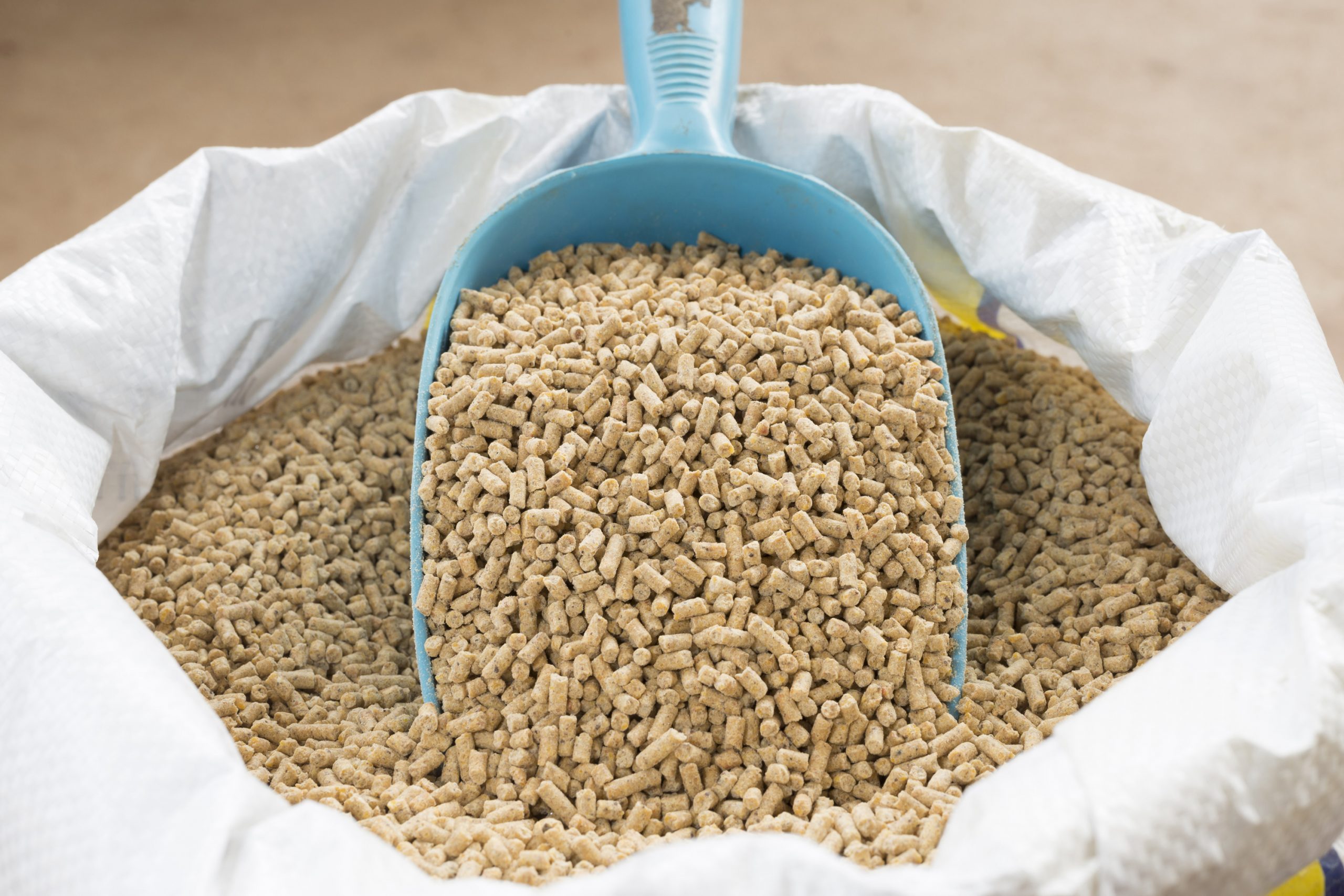 12 Jun 2025
12 Jun 2025
Global feed production increased 1.2% year-on-year to 1.396 billion tons in 2024, with regional and species-specific trends showing both resilience and persistent disease-related challenges, according to the 2025 Alltech Agri-Food Outlook.
The report draws on data from 28,235 feedmills across 142 countries and serves as a benchmark for the livestock and animal nutrition industries.
This rebound follows a flat year in 2023 and occurred despite continued disruptions from highly pathogenic avian influenza (HPAI), economic instability, and extreme climate events.
The 10 highest-producing countries — led by China, the US, Brazil, and India — accounted for 65.6% of all global feed production. While China saw a 2.03% decline, the US, Brazil, and India posted modest to moderate gains.
Species-specific trends
Poultry feed
Poultry feed production rose for both broilers (up 1.8%) and layers (up 1.4%).
Broiler feed continues to lead all species segments globally, with demand fueled by affordability in Asia Pacific and Latin America and by income growth in Africa.
Broiler feed
Broiler feed production is positioned to continue a path toward moderate growth this year because of broiler meat’s affordability and export opportunities, the report stated.
For layers, growth was hindered by HPAI and flock reductions in North America, although gains in Asia Pacific, Latin America and Africa helped offset those losses.
Pig feed
Pig feed production fell by 0.6% to 369.293 million tons, driven by regional disparities in recovery from African swine fever.
Respondents expressed the highest levels of pessimism for this segment, citing ongoing disease pressure and cost volatility.
Dairy feed
Dairy feed grew by 3.2%, with consumption rising in Asia Pacific, Latin America, Europe and Africa, attributed to increased milk demand and intensification of farming practices.
In contrast, Oceania saw a slight decline due to a greater reliance on pasture-based production.
Beef cattle feed
Beef cattle feed production rose 1.8% to 134.1 million tons, bolstered by increased commercial feed use due to forage scarcity in several regions.
Aquafeed
Aquafeed dropped 1.1% amid persistent disease, climate challenges, and low market prices in key markets like Asia Pacific.
Regional trends
Asia Pacific remained the largest producing region despite a 0.8% year-over-year decline, primarily due to a reduction in Chinese output and weather-related constraints.
North America posted a small gain of 0.6%, while Latin America grew 3.6%, driven by robust demand for livestock and favorable export conditions.
Europe saw a 2.7% increase, supported by rebounds in swine, aquaculture, and beef segments.
Africa and the Middle East experienced the strongest growth rate globally at 5.4%, although from a smaller production base.
Oceania increased feed output by 2.5%, led by beef and aquaculture sectors.
Subscribe now to the technical magazine of animal nutrition
AUTHORS
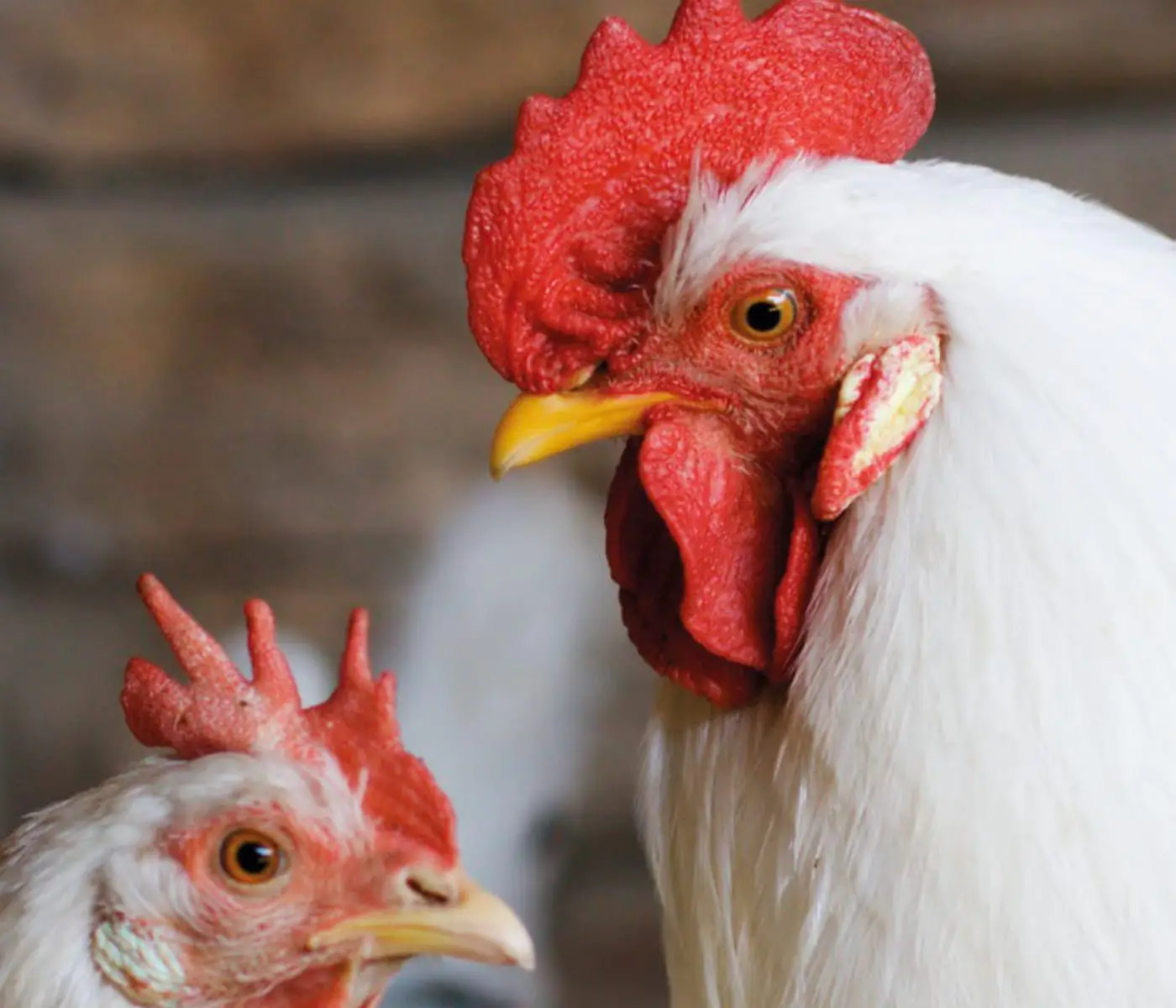
Nutritional Interventions to Improve Fertility in Male Broiler Breeders
Edgar Oviedo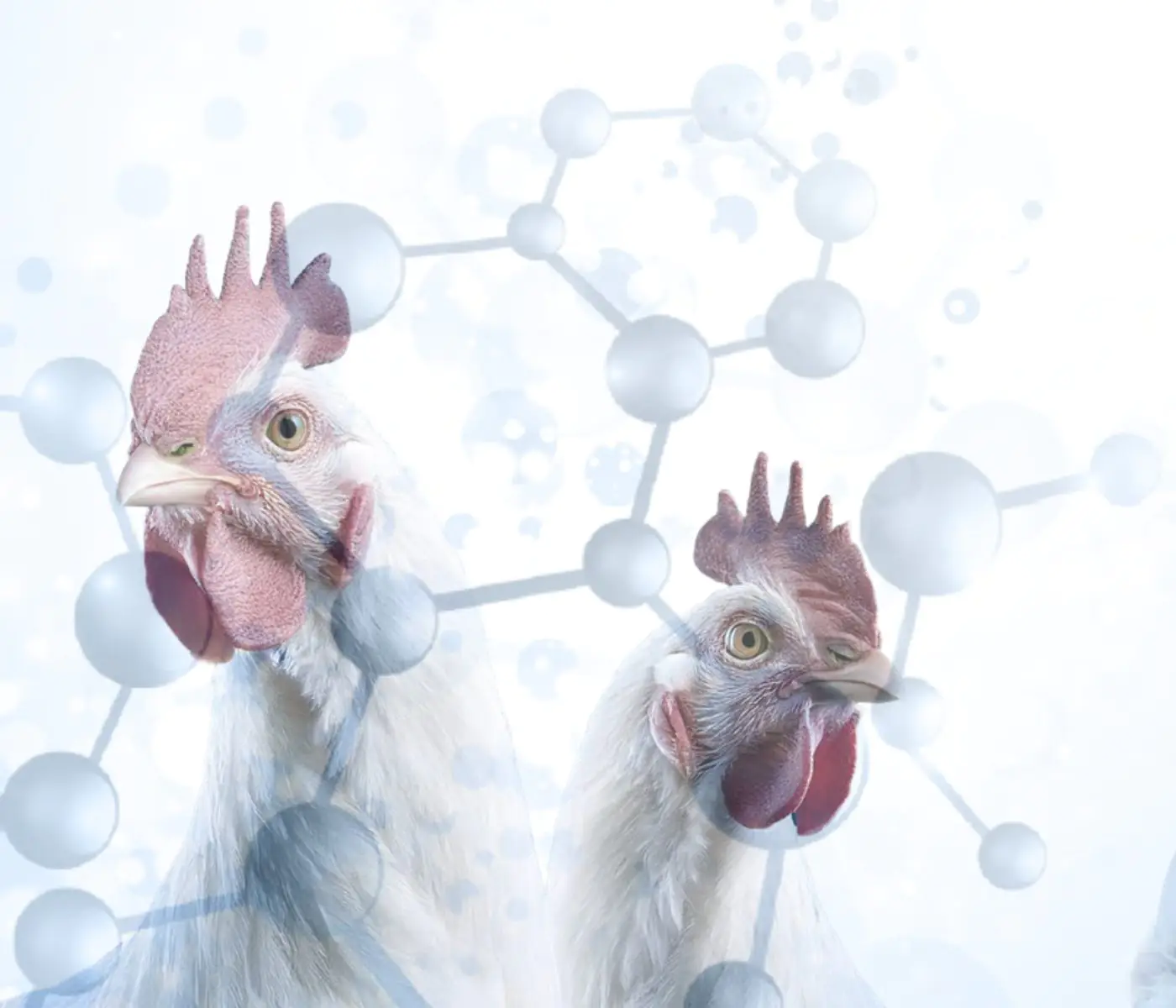
The Use of Organic Acids in Poultry: A Natural Path to Health and Productivity
M. Naeem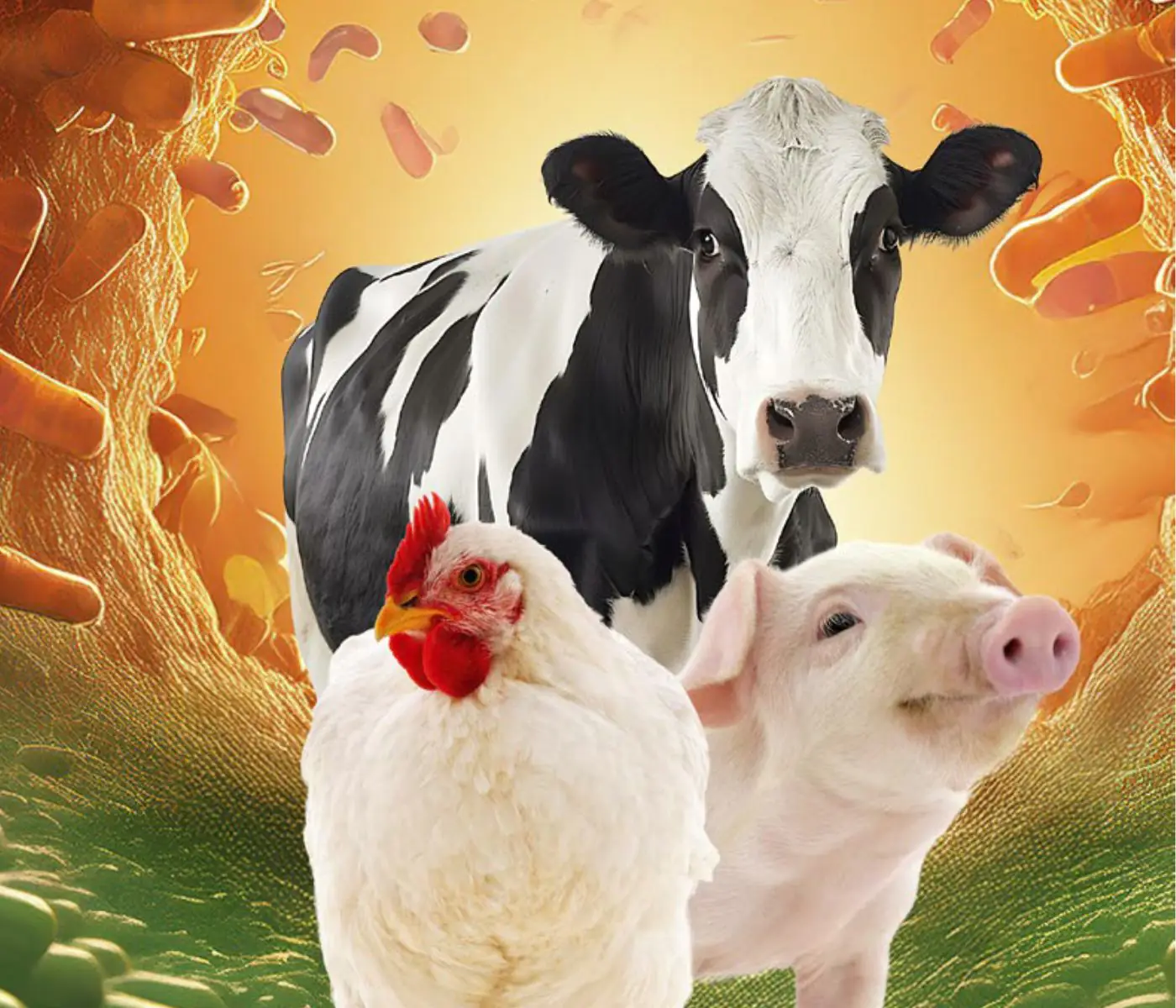
Synergistic Benefits of Prebiotics and Probiotics in Poultry, Swine, and Cattle
Gustavo Adolfo Quintana-Ospina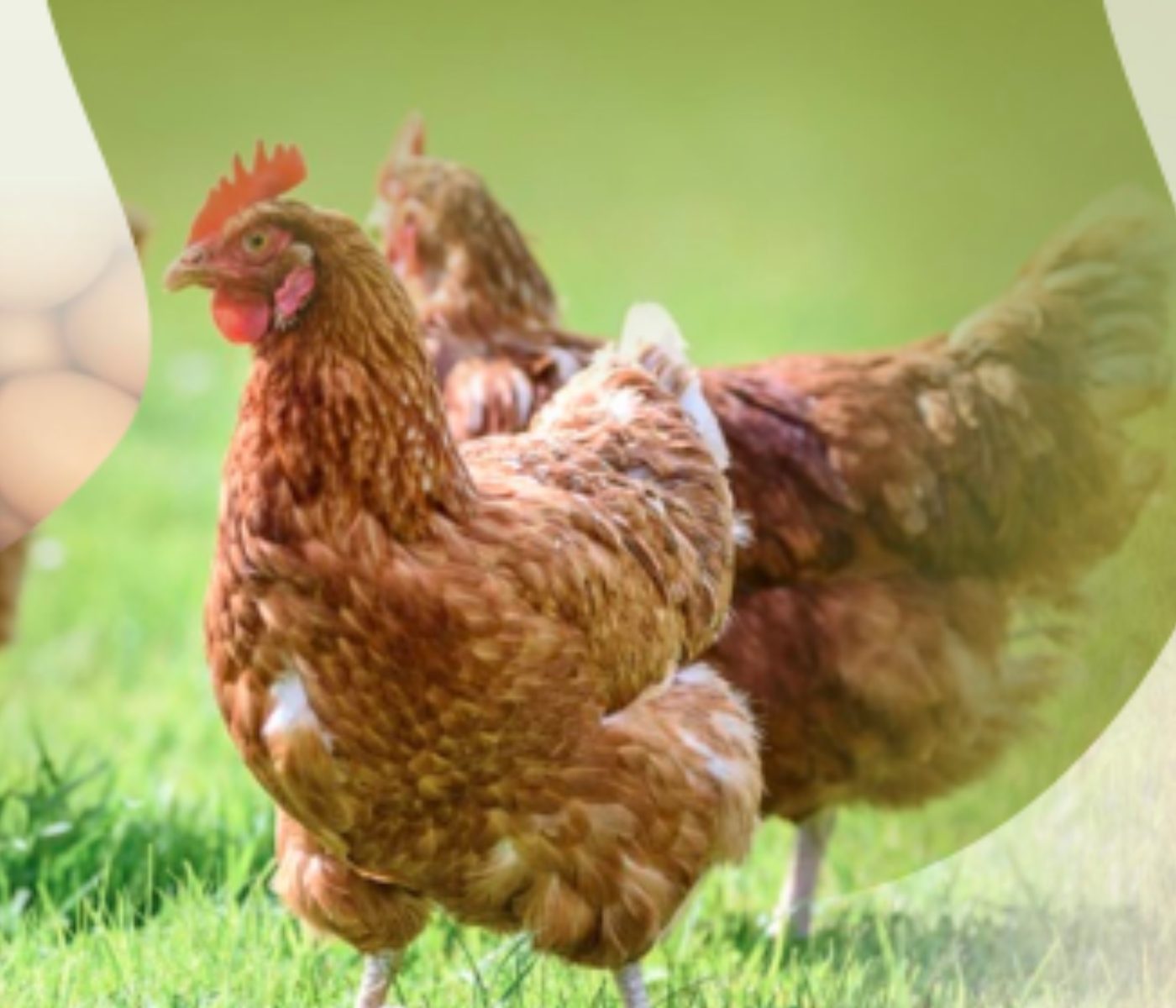
Hybrid Rye Potential in Laying Hen Feed Rations
Gwendolyn Jones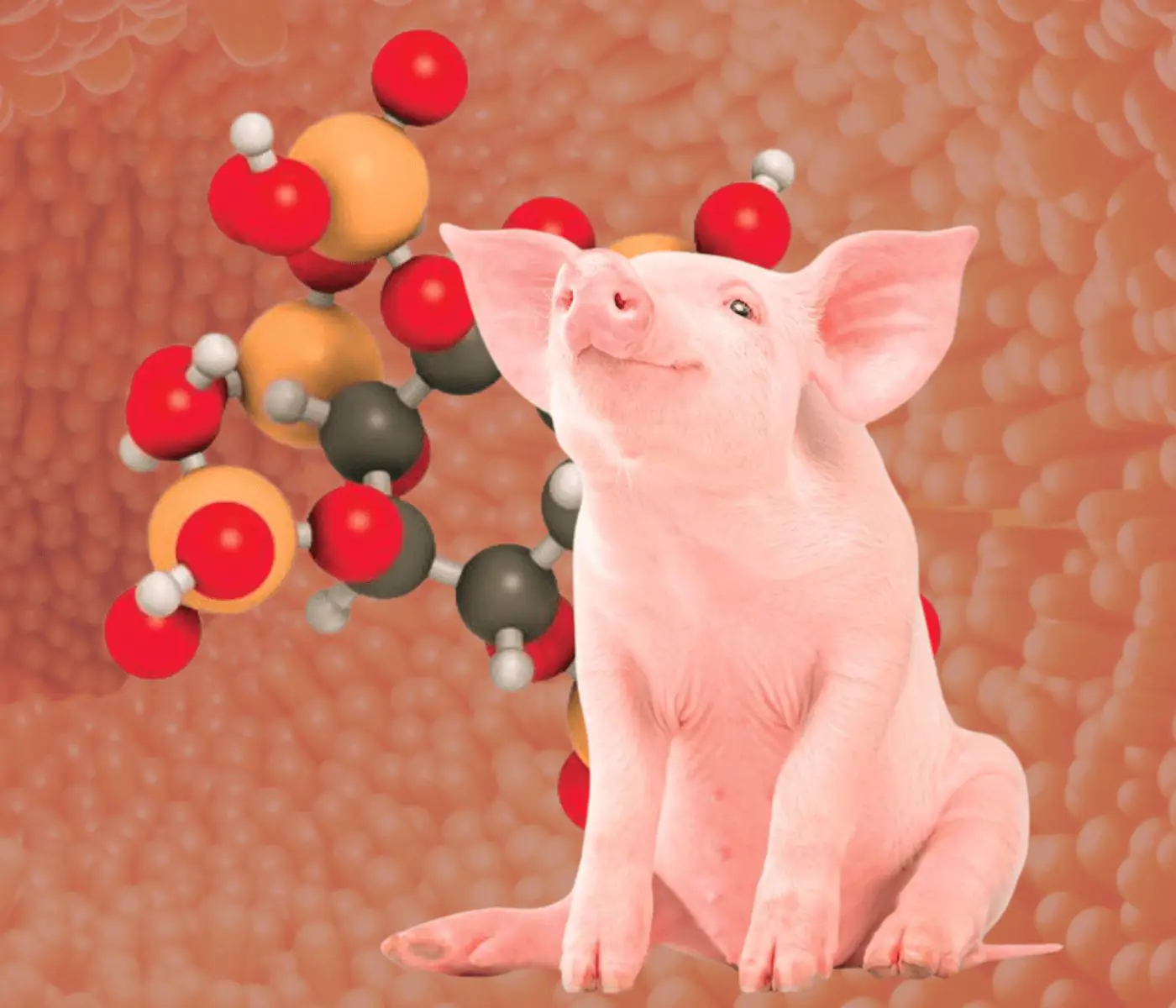
A day in the life of phosphorus in pigs: Part I
Rafael Duran Giménez-Rico
Use of enzymes in diets for ruminants
Braulio de la Calle Campos
Minerals and Hoof Health in the Pregnant Sow
Juan Gabriel Espino
Impact of Oxidized Fats on Swine Reproduction and Offspring
Maria Alejandra Perez Alvarado